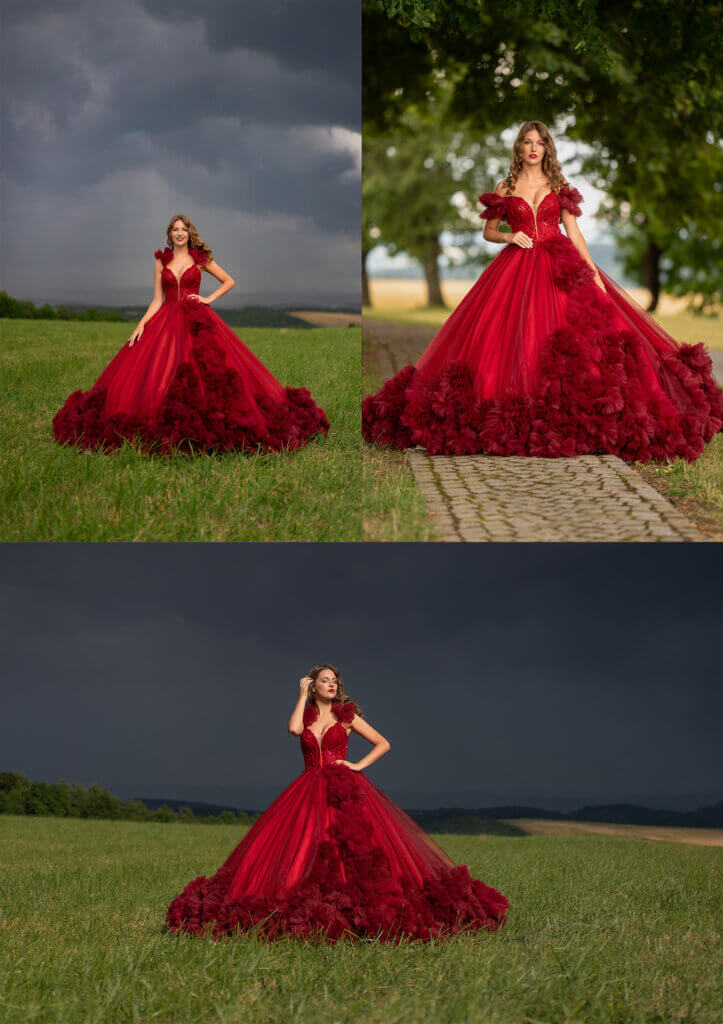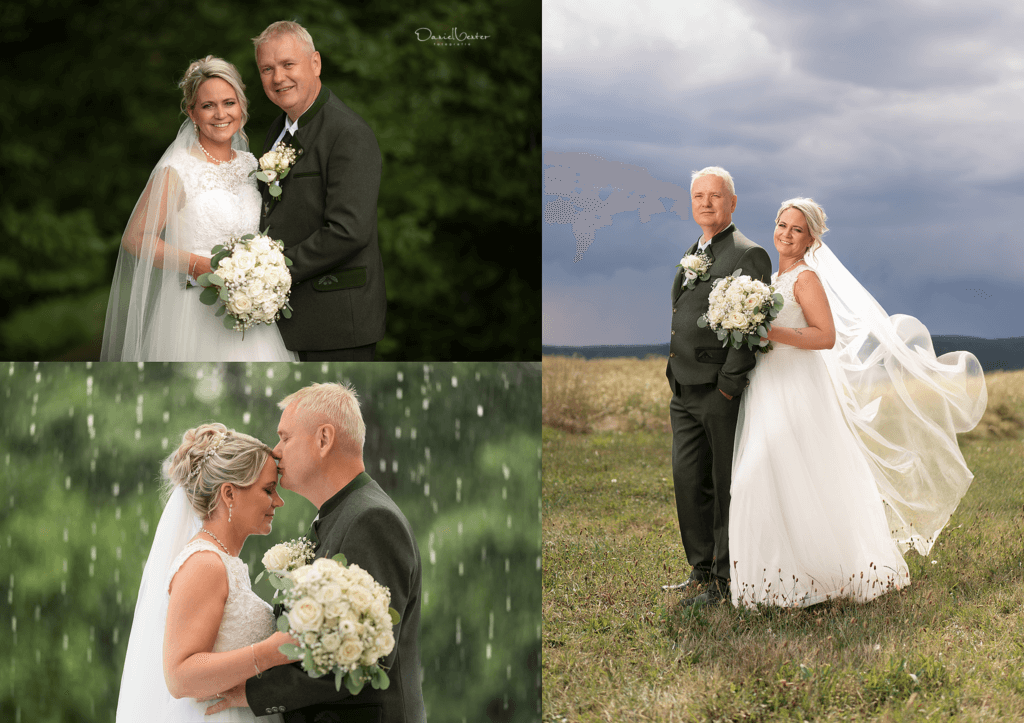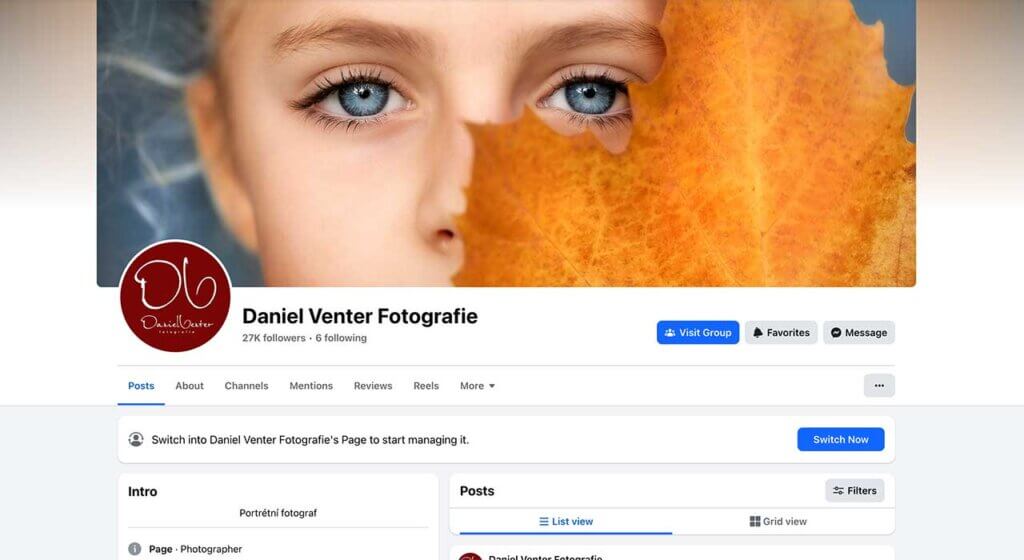Let’s clear up a common misconception in the portrait photography world, especially among those transitioning from studio setups to shooting with available light.
There’s a belief that using natural light for portraits means more editing. That sunlight and shade introduce chaos that can only be corrected later in post.
That simply isn’t true.
If You’re Editing Too Much, It’s Not the Light, It’s the Vision
Spending excessive time in post-production after a natural light shoot usually points to one thing: the light wasn’t understood well in the moment.
Natural light is powerful. It is expressive. It is dynamic. But it demands awareness.
When you know how to read a scene, when you understand the direction, quality, and behavior of the light, you are already halfway to a stunning portrait. The difference between a photo that needs hours of editing and one that shines straight out of the camera is often just a matter of observing light patterns and using them deliberately.
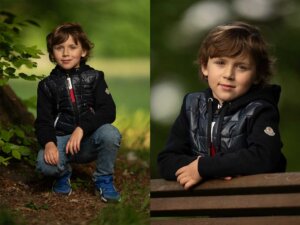
This Is Not a Post About Dismissing Strobes
Let’s be clear. Strobes are incredible tools. They are designed to bring controlled light into scenes where none exists. They are especially helpful when you are dealing with poor lighting conditions or when you want to sculpt something very specific.
But they are not the only answer.
Too often, strobes are used by default rather than with intention, out of habit or the belief that they will save a shoot. In reality, strobes require just as much environmental awareness. You still need to consider your background, ambient light, and subject placement. And they do not magically reduce editing time. Sometimes, they increase it.
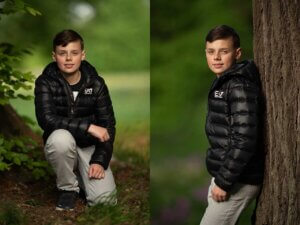
The Power of Choice and Simplicity
One of the greatest freedoms in portrait photography is having full control over your creative process — the light, the location, the timing, and the atmosphere.
That freedom is what pulled me toward natural light.
I no longer wanted to haul extra gear if the right light was already available. I wanted to trust my eye, respond to what I saw, and keep things simple. The shift was not just about style. It was about reconnecting with the essence of portraiture — seeing, feeling, and capturing with purpose.
When you realize that natural light gives you just as much creative control, only in a different form, you begin creating images that feel honest and real.

What It Really Comes Down To
In the end, both strobes and natural light are valid tools. Both can produce beautiful portraits. But each comes with its own learning curve and purpose.
If you are in a challenging lighting situation, strobes might be your best option. But avoid making them your first choice out of habit. The more you learn to see and use great natural light, the more you will simplify your workflow and strengthen your results.
The real power comes from knowing when and why to choose one over the other. That is what leads to creative freedom.


